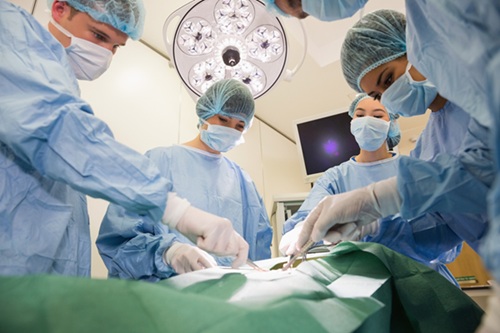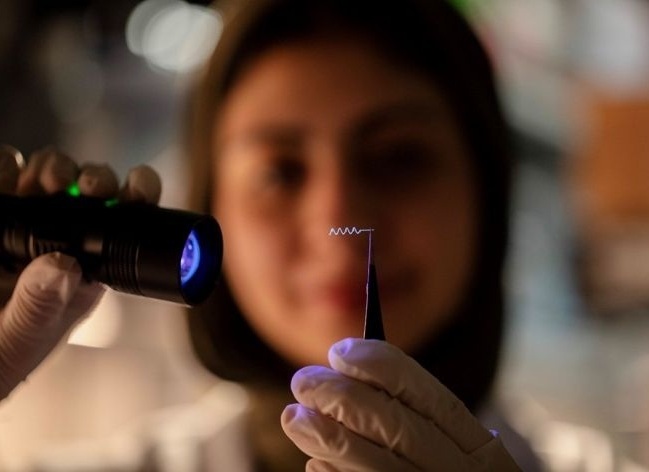Barco Presents Latest Displays at 2019 European Congress of Radiology
|
By HospiMedica International staff writers Posted on 01 Mar 2019 |
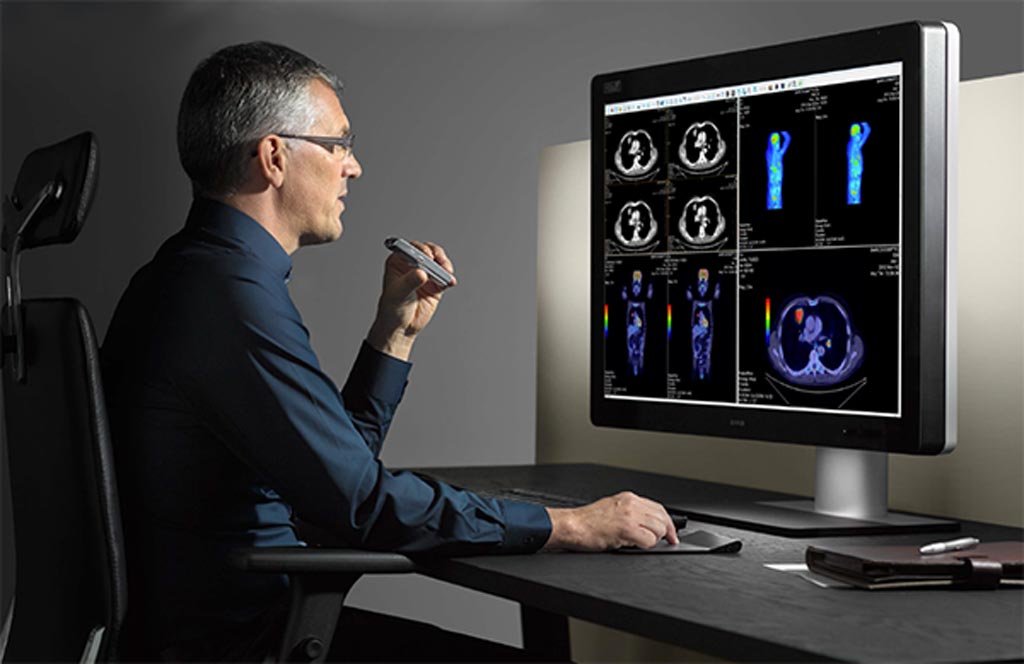
Image: The Coronis Uniti display system (Photo courtesy of Barco).
Barco (Kortrijk, Belgium) presented its new clinical review displays built with healthcare specialists in mind at the 2019 European Congress of Radiology held February 27 through March 3 in Vienna, Austria. The company also demonstrated how the value of Barco display systems can be optimized with its latest service offering, Advanced Care, at ECR 2019.
At ECR 2019, Barco presented its unique Coronis Uniti display system has shown up to 30% increased detection probability of microcalcifications at increased display luminance levels with I-Luminate and 10% higher detection of small details in moving images with RapidFrame. The Coronis Uniti 12MP diagnostic display system delivers the first unified workflow – combining PACS and breast images on one workstation. The solution replaces all display configurations, eliminating the need for a multi-head display set-up or to move to another workstation to view additional exams.
Among Barco’s new clinical review displays highlighted at the show was the MDRC-2324 24-inch near-patient surgical display with LED backlight, featuring full HD resolution and a wide color gamut. Purpose-built for the operating room, the MDSC-2324 offers an easy-clean design, smart mechanics and the most detailed images in the procedure room today. Thanks to its high brightness, high contrast and high resolution, it presents surgeons with accurate, realistic images and excellent depth perception, along with fast, lag-free transmission.
Barco’s other concepts on show included the Nio 5.8 MP high-bright color display that offers super bright, color calibrated and detailed medical images, including mammography and breast tomosynthesis; the Nio 3 MP high-bright color display system with LED backlight that provides excellent image quality for confident diagnoses; the MDSC-8255 4K UHD large-screen surgical display purpose-built for ultra-high resolution, multi-image viewing in the digital operating room; and the Eonis 21-inch clinical display for clinical image review that offers a 40% higher calibrated luminance and almost twice the contrast ratio of the previous generation.
At ECR 2019, Barco also showcased its MediCal QAWeb, the industry’s first online service for high-grade Quality Assurance. The all-inclusive secured system guarantees consistent image quality and uptime of all PACS display systems throughout the facility and is compatible with Barco diagnostic and clinical displays as well as non-Barco displays.
At ECR 2019, Barco presented its unique Coronis Uniti display system has shown up to 30% increased detection probability of microcalcifications at increased display luminance levels with I-Luminate and 10% higher detection of small details in moving images with RapidFrame. The Coronis Uniti 12MP diagnostic display system delivers the first unified workflow – combining PACS and breast images on one workstation. The solution replaces all display configurations, eliminating the need for a multi-head display set-up or to move to another workstation to view additional exams.
Among Barco’s new clinical review displays highlighted at the show was the MDRC-2324 24-inch near-patient surgical display with LED backlight, featuring full HD resolution and a wide color gamut. Purpose-built for the operating room, the MDSC-2324 offers an easy-clean design, smart mechanics and the most detailed images in the procedure room today. Thanks to its high brightness, high contrast and high resolution, it presents surgeons with accurate, realistic images and excellent depth perception, along with fast, lag-free transmission.
Barco’s other concepts on show included the Nio 5.8 MP high-bright color display that offers super bright, color calibrated and detailed medical images, including mammography and breast tomosynthesis; the Nio 3 MP high-bright color display system with LED backlight that provides excellent image quality for confident diagnoses; the MDSC-8255 4K UHD large-screen surgical display purpose-built for ultra-high resolution, multi-image viewing in the digital operating room; and the Eonis 21-inch clinical display for clinical image review that offers a 40% higher calibrated luminance and almost twice the contrast ratio of the previous generation.
At ECR 2019, Barco also showcased its MediCal QAWeb, the industry’s first online service for high-grade Quality Assurance. The all-inclusive secured system guarantees consistent image quality and uptime of all PACS display systems throughout the facility and is compatible with Barco diagnostic and clinical displays as well as non-Barco displays.
Latest ECR 2019 News
Channels
Critical Care
view channel
CPR Guidelines Updated for Pediatric and Neonatal Emergency Care and Resuscitation
Cardiac arrest in infants and children remains a leading cause of pediatric emergencies, with more than 7,000 out-of-hospital and 20,000 in-hospital cardiac arrests occurring annually in the United States.... Read more
Ingestible Capsule Monitors Intestinal Inflammation
Acute mesenteric ischemia—a life-threatening condition caused by blocked blood flow to the intestines—remains difficult to diagnose early because its symptoms often mimic common digestive problems.... Read more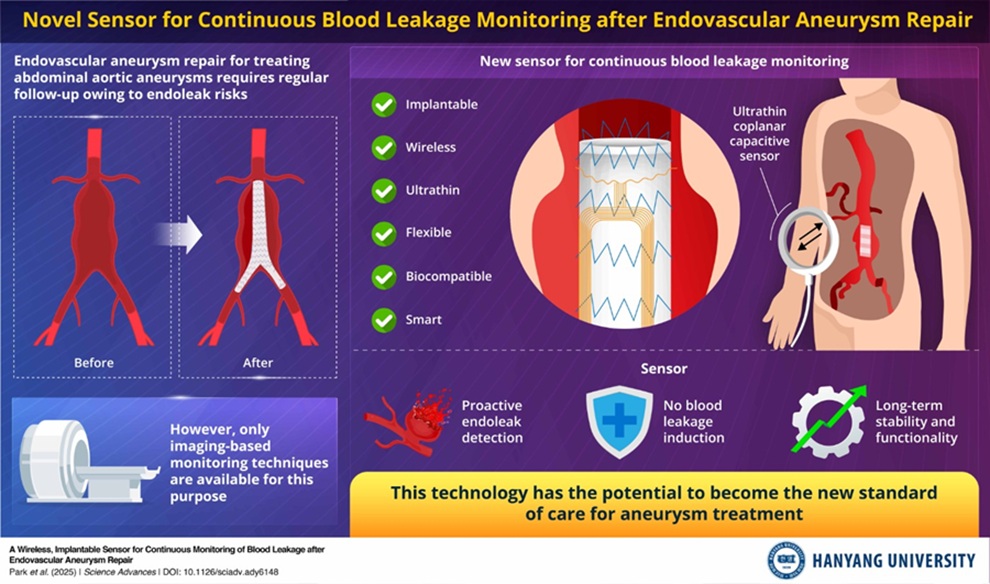
Wireless Implantable Sensor Enables Continuous Endoleak Monitoring
Endovascular aneurysm repair (EVAR) is a life-saving, minimally invasive treatment for abdominal aortic aneurysms—balloon-like bulges in the aorta that can rupture with fatal consequences.... Read more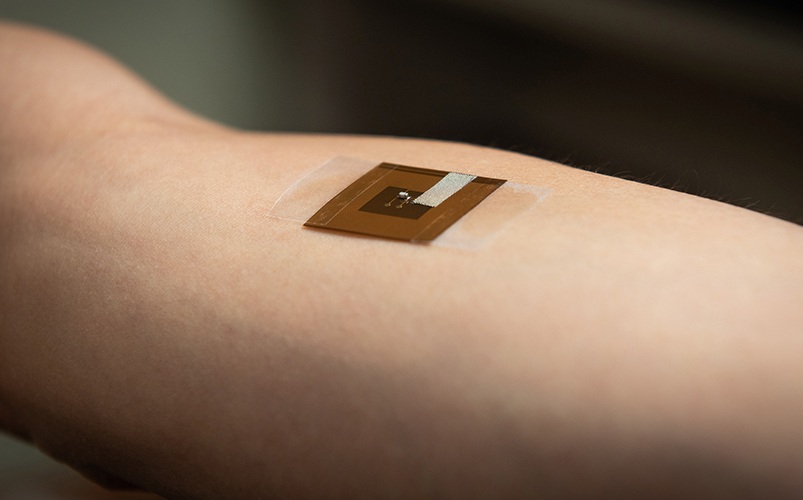
Wearable Patch for Early Skin Cancer Detection to Reduce Unnecessary Biopsies
Skin cancer remains one of the most dangerous and common cancers worldwide, with early detection crucial for improving survival rates. Traditional diagnostic methods—visual inspections, imaging, and biopsies—can... Read moreSurgical Techniques
view channel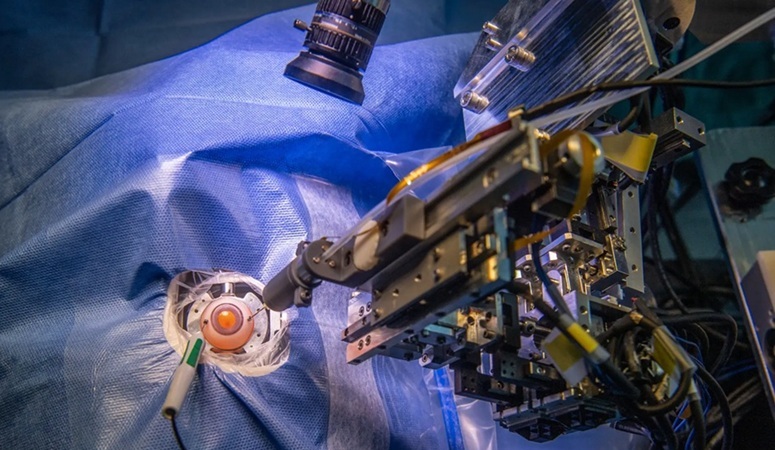
Robotic Assistant Delivers Ultra-Precision Injections with Rapid Setup Times
Age-related macular degeneration (AMD) is a leading cause of blindness worldwide, affecting nearly 200 million people, a figure expected to rise to 280 million by 2040. Current treatment involves doctors... Read more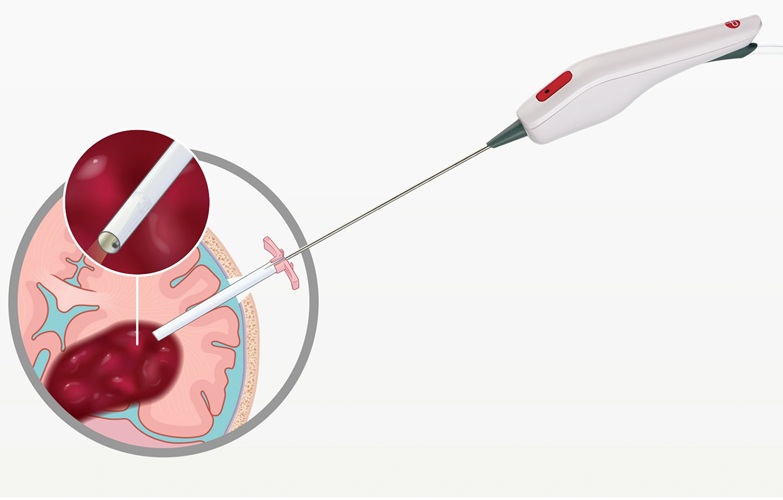
Minimally Invasive Endoscopic Surgery Improves Severe Stroke Outcomes
Intracerebral hemorrhage, a type of stroke caused by bleeding deep within the brain, remains one of the most challenging neurological emergencies to treat. Accounting for about 15% of all strokes, it carries... Read morePatient Care
view channel
Revolutionary Automatic IV-Line Flushing Device to Enhance Infusion Care
More than 80% of in-hospital patients receive intravenous (IV) therapy. Every dose of IV medicine delivered in a small volume (<250 mL) infusion bag should be followed by subsequent flushing to ensure... Read more
VR Training Tool Combats Contamination of Portable Medical Equipment
Healthcare-associated infections (HAIs) impact one in every 31 patients, cause nearly 100,000 deaths each year, and cost USD 28.4 billion in direct medical expenses. Notably, up to 75% of these infections... Read more
Portable Biosensor Platform to Reduce Hospital-Acquired Infections
Approximately 4 million patients in the European Union acquire healthcare-associated infections (HAIs) or nosocomial infections each year, with around 37,000 deaths directly resulting from these infections,... Read moreFirst-Of-Its-Kind Portable Germicidal Light Technology Disinfects High-Touch Clinical Surfaces in Seconds
Reducing healthcare-acquired infections (HAIs) remains a pressing issue within global healthcare systems. In the United States alone, 1.7 million patients contract HAIs annually, leading to approximately... Read moreHealth IT
view channel
Printable Molecule-Selective Nanoparticles Enable Mass Production of Wearable Biosensors
The future of medicine is likely to focus on the personalization of healthcare—understanding exactly what an individual requires and delivering the appropriate combination of nutrients, metabolites, and... Read moreBusiness
view channel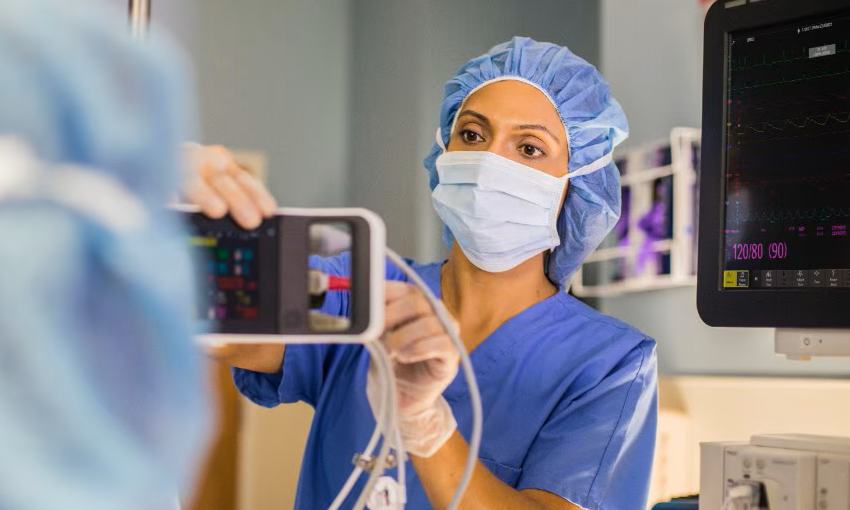
Philips and Masimo Partner to Advance Patient Monitoring Measurement Technologies
Royal Philips (Amsterdam, Netherlands) and Masimo (Irvine, California, USA) have renewed their multi-year strategic collaboration, combining Philips’ expertise in patient monitoring with Masimo’s noninvasive... Read more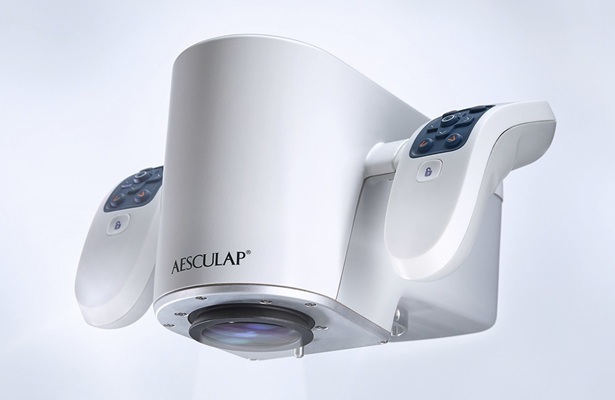
B. Braun Acquires Digital Microsurgery Company True Digital Surgery
The high-end microsurgery market in neurosurgery, spine, and ENT is undergoing a significant transformation. Traditional analog microscopes are giving way to digital exoscopes, which provide improved visualization,... Read more
CMEF 2025 to Promote Holistic and High-Quality Development of Medical and Health Industry
The 92nd China International Medical Equipment Fair (CMEF 2025) Autumn Exhibition is scheduled to be held from September 26 to 29 at the China Import and Export Fair Complex (Canton Fair Complex) in Guangzhou.... Read more












